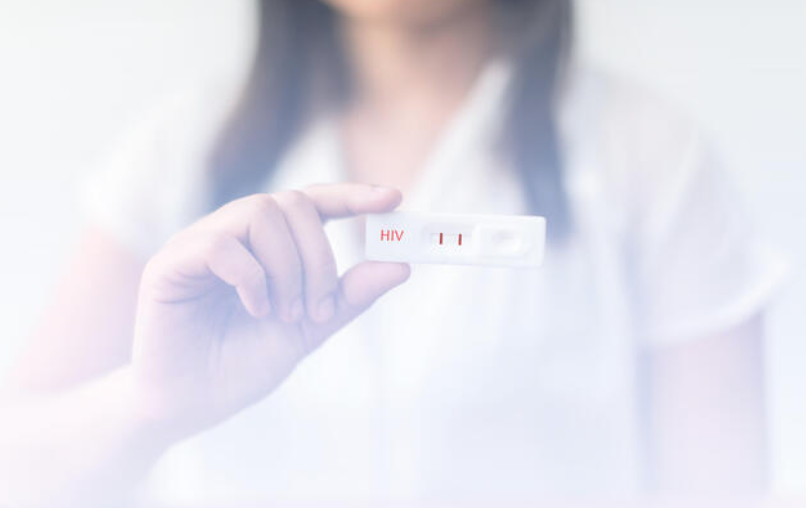GF-funded and implemented by Alliance for Public Health SoS project includes WHO Europe and PAS Center activities on HIV diagnostics reforms in EECA that would lead to improvement in the first 95% for the region – to elevate it from current just above 60%. As part of this endeavor, a meeting was held in Ankara uniting expertise of WHO Europe, PAS Center, HIV and laboratory services from Azerbaijan, Georgia, Kazakhstan, Kyrgyzstan, Moldova, Tajikistan, Turkey, Ukraine and Uzbekistan, on 19-21 September 2023.
Low-threshold, early and rapid HIV detection is crucial to stopping HIV epidemics in EECA – most HIV transmissions (10-50%) occur from PLHIV in acute stages of HIV (within the first 10-12 weeks of infection). Thus, those HIV tests that can make earliest detection of HIV (e.g. 4th generation RDT – at the 17th day of infection) should be prioritized compared to methods that do later HIV detection (western blot or WB, at 36th day of infection or later, when antibodies develop). WHO recommends three consecutive rapid diagnostic tests (RDT) as a standard of HIV infection diagnostics and not using WB; this would allow both early (starting early days of infection), accurate (99% accuracy) and rapid (within one hour) diagnostics.
Most EECA countries are still far from 3 RDT standard for diagnostics (Kyrgyzstan, Moldova and Ukraine constitute bright exceptions) and heavily rely on laboratory diagnostics. For various reasons: fear of ‘inaccurate’ diagnosis without laboratory involvement, lack of registered tests in country to ensure accurate diagnostic test combination, fear of laboratories staff losing jobs. Also 3 out of the 9 countries present in the meeting use WB not recommended by WHO.
The SoS project meeting very importantly stressed that upon transition to 3 RDT algorithm laboratories will continue to be significantly involved – in the first place to control and thus facilitate improvement of the quality of testing (through development of guidance, staff training, facilitation of external quality control, monitoring and research etc). Just to give example, Ukraine has 25,000 sites for HIV testing and 30 regional laboratories – thus national reference laboratory of Ukraine has a lot of work to do to insure HIV testing quality control.
Interesting experience on HIV testing optimization was shared by Moldova which in its current HIV diagnostic algorithm uses 2 rapid tests and GeneXpert VL testing. This approach allowed diagnosing 56% of all new HIV cases in 2022 in just one day.
It is very inspiring that this consultative and exchange work, like the meeting in Ankara, is delivering results for the simplification of HIV testing algorithms in countries. For example, Kazakhstan is now in process to revise its testing algorithm to move from WB and centralized testing algorithm to 3 RDT without WB; this will allow to shorten HIV diagnosis time from the current 3-5 days to below 2 days. It is also foreseen that with the SoS project funding WHO Europe will support the conduct of verification studies for RDT combination in Kazakhstan and Georgia to inform the modification of HIV testing algorithms to the one based on 3 RDT.
Head of Laboratory of Kazakhstan HIV service Galiya Tajibaeva, present in Ankara meeting, shares: ‘Within the SoS project the comparative analysis of cost effectiveness of current HIV testing algorithm in Kazakhstan with the WHO recommended one was conducted. Its conclusions were very instrumental for further work on implementing new HIV testing strategy in republic of Kazakhstan.’

